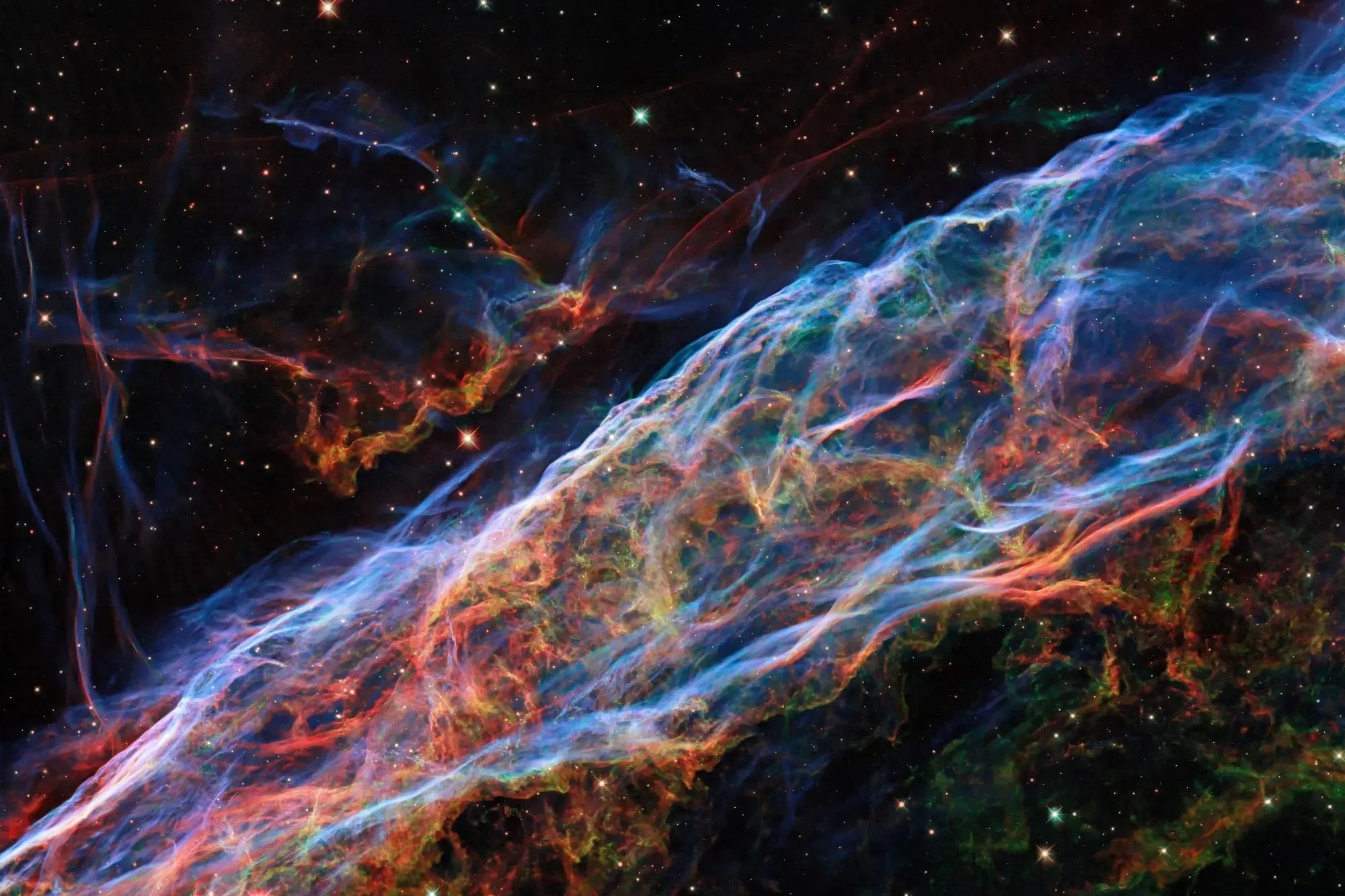What happens when a star stops being a star? That’s how the universe gets supernovas — the remains of former stars that have exploded into massive structures within the space. Along the way, they’re also (as Andrea Thompson noted at Space.com) the way that the universe gets some of its heavy elements. But for all that earthbound scientists know some things about supernovas, they don’t know everything about the phenomenon — which helps explain the goals of a NASA mission set to launch on Sunday night.
That would be the INFUSE sounding rocket mission — an abbreviation of “Integral Field Ultraviolet Spectroscopic Experiment.” It’s designed to get a better glimpse of the region of space known as both the Cygnus Loop and the Veil Nebula.
As the project’s principal investigator, Brian Fleming, explained, the rocket should tell us more about this region than ever before. “INFUSE will observe how the supernova dumps energy into the Milky Way by catching light given off just as the blast wave crashes into pockets of cold gas floating around the galaxy,” Fleming said in a statement.
To Top Out the Bugatti Chiron, You Need NASA’s Help
A former space shuttle runway recently became a venue for top-speed hypercar hijinksAs NASA explained, the mission will carry a telescope designed to measure extremely high frequencies of light — part of an integral field spectrograph, a type of technology that NASA has never sent into space before.
One of the graduate students working on the project explained why this data is so important. “With these first-of-their-kind measurements, we will better understand how these elements from the supernova mix with the environment around them,” said Emily Witt, who will be working on analyzing the data once it’s been recorded. “It’s a big step toward understanding how material from supernovas becomes part of planets like Earth and even people like us.”
This article was featured in the InsideHook newsletter. Sign up now.
